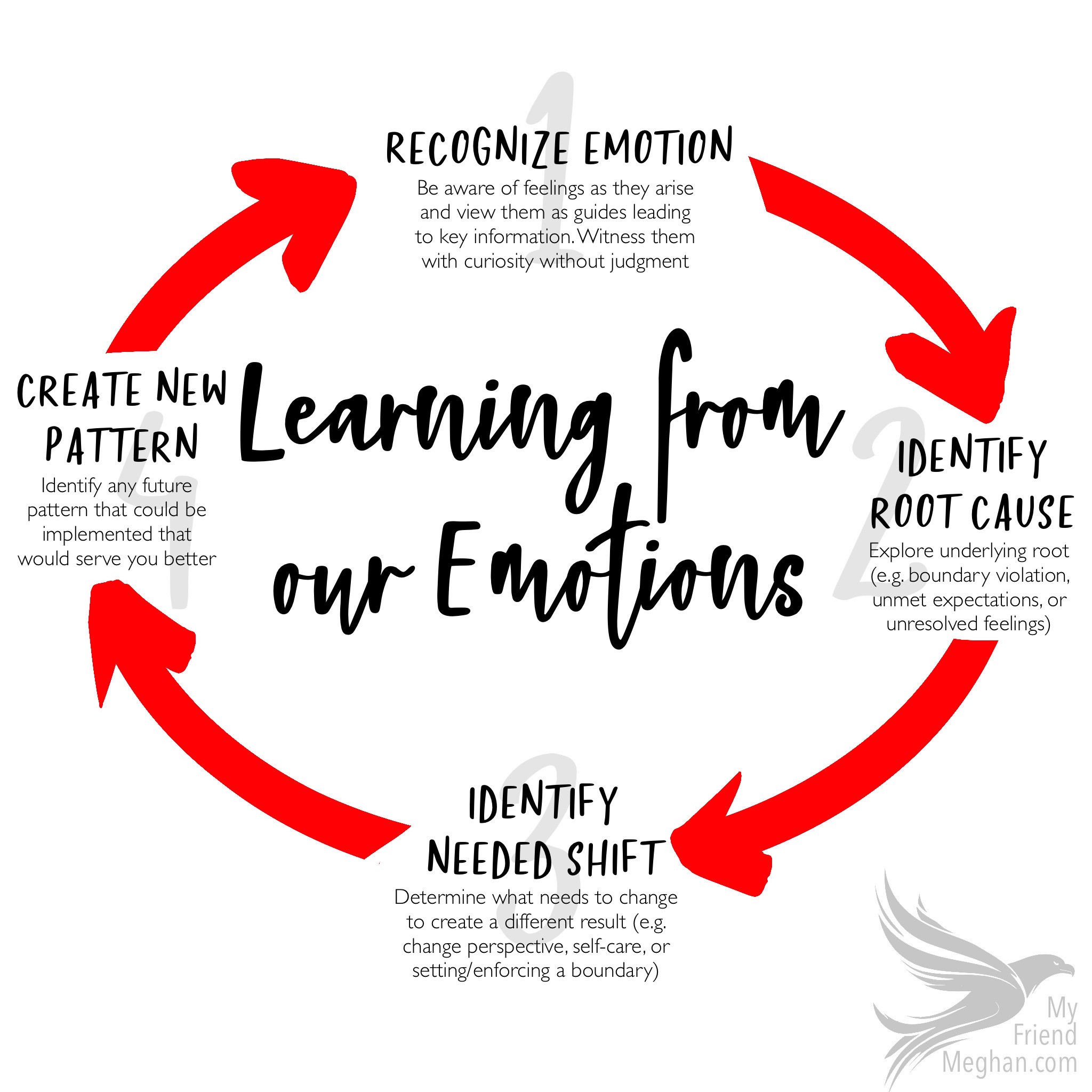Emotions, particularly negative ones, are often seen as obstacles. Yet, when approached with curiosity rather than judgment, they can become powerful tools for growth. This shift in perspective allows one to use emotions as flags to uncover deeper insights about personal boundaries, relationships, and reactions. The key is to allow these emotions to inform rather than overwhelm.
Curiosity Without Judgment: Understanding and Managing Negative Emotions
One of the most helpful approaches to navigating life’s challenges is to observe emotions with curiosity without judgment. By doing so, individuals can remain in a nonreactive state, gaining clarity on their feelings without being swept up in them. Negative emotions are often indicators that something beneath the surface requires attention.
Step 1: Recognize the Emotion
The first step is to note the emotion as it arises. For instance, feeling anger, frustration, or sadness may signal that something needs closer examination. The key is not to react immediately but to acknowledge the emotion as valid.
Step 2: Identify the Root Cause
Once the emotion is recognized, it’s important to explore its underlying cause. Sometimes, emotions point to external factors, such as boundary violations, unmet or misaligned expectations, or simply being overwhelmed, tired, or unwell. Below are a few examples.
- Boundary Violation: if a person continually disrespects your boundaries (for example by doing something you’ve repeatedly asked them not to do but they continue doing it and since it’s a “small thing” you let it go sometimes) and it leads to frustration, that may signal the need to reinforce those boundaries lovingly but firmly.
- Unresolved Personal Feelings: Emotions can also highlight internal challenges, such as unresolved personal feelings. If someone has done something thoughtless to you such as forgetting a scheduled call or not fulfilling some commitment they’ve made to you, and the situation is never addressed, you may find yourself struggling with negative feelings even in a situation when the person is doing “nothing wrong” simply because you still have unresolved feelings that need to be aired.
- Unmet or Misaligned Expectations: Consider the feeling of disappointment after an important project didn’t go as planned. Rather than sinking into frustration, one could reflect on whether the project failed due to unclear goals or an overestimation of personal capacity. The root cause here might be a misalignment between expectations and reality, and the necessary shift could be adjusting expectations or setting more realistic goals in the future.
- Overwhelm or In Need of Self-Care: In another situation, feeling overwhelmed after a long day at work might indicate a need for better self-care or more rest. Similarly physical pain can cause us to have a negative reaction in a situation because our energy is being drained by our physical pain.
Step 3: Identify the Necessary Shift
After pinpointing the root cause, the next step is identifying what shift is needed. This may involve setting boundaries, changing perspective, or adjusting behaviors. In the case of feeling overwhelmed, the shift might be committing to more intentional self-care or delegating tasks to reduce future stress. If the root cause is a boundary violation, it might require you to communicate more clearly and assertively with the person involved, reinforcing your personal boundaries.
Step 4: Identify Future Patterns That Serve
Finally, consider how the experience can guide future actions. What patterns can be implemented to prevent similar emotional responses? Whether it’s reinforcing boundaries or prioritizing self-care, each experience offers valuable lessons for moving forward with greater awareness and intentionality.
By using this process, emotions can be valuable guides, helping one make adjustments that lead to a more balanced and intentional life. Living with intentionality means choosing how to respond to emotional triggers in a way that aligns with personal values and well-being. This approach helps maintain inner peace and clarity, allowing you to navigate challenges without being swept up by the highs and lows of emotional reactions, and it always centers on growth and understanding.
Actionable Insights
- Approach Your Emotions with Curiosity: View emotions as opportunities to gain information. When they arise, resist the urge to react quickly. Instead, take a moment to pause and reflect.
- Identify Patterns in Your Emotional Triggers: Think about what tends to cause negative emotions in your life. Is it boundary-related, tied to unmet expectations, or perhaps a need for self-care?
- Practice Emotional Processing Techniques: Whether through journaling, talking with a trusted friend, or quiet reflection, find a method that helps you transmute your emotions into insight and growth.
- Build Non-Reactive Responses: Focus on responding rather than reacting. Are you able to maintain clarity and peace when facing triggers, or do you find yourself swept up in the moment?


Leave a Reply